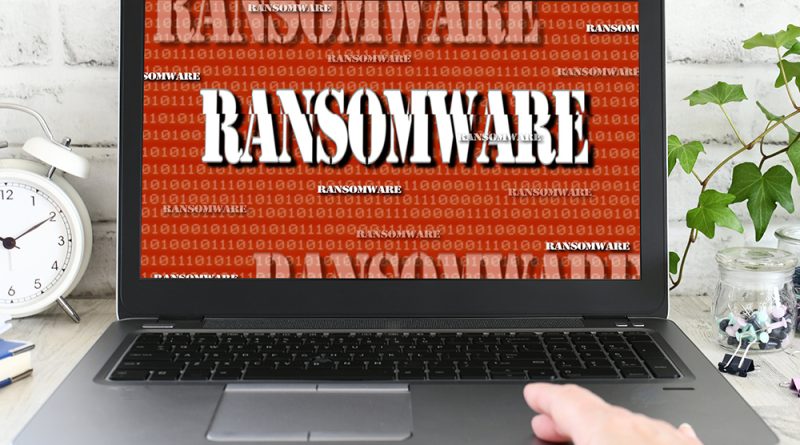Ransomware Dilemma Intensifies: Cohesity Report Highlights Critical Decision-making Challenges
In an era where cyber threats have become an omnipresent concern for businesses worldwide, ransomware stands out as one of the most daunting challenges. This form of malicious software, notorious for blocking access to computer systems or holding data hostage until a ransom is paid, has evolved into a more sophisticated and damaging threat. The reality today is not about if attacks will happen but when they will strike.
A recent study by Cohesity, incorporating insights from over 900 IT and security decision-makers globally, casts a spotlight on the escalating crisis of ransomware attacks. The findings are alarming: nearly 80% of respondents reported falling victim to ransomware in the latter half of 2023. Moreover, the majority anticipate a significant increase in cyberattacks in 2024, which, coupled with a mere 21% expressing confidence in their cyber resilience strategies, paints a grim picture for the future.
One of the most critical revelations of the Cohesity survey is the high propensity of companies to pay ransoms. An astonishing 99% of surveyed companies indicated their willingness to pay ransoms to recover data and resume operations, a testament to the desperate lengths organizations will go to mitigate the impact of cyber threats. Despite having policies against paying ransoms, 9 out of 10 respondents admitted that their organizations had capitulated to ransom demands in the past two years.
This tendency starkly contrasts with the findings of Cybereason’s 2022 report, which suggests that paying ransoms may invite further trouble. According to their research, 80% of organizations that yielded to ransom demands were targeted again, often by the same perpetrators, within a month of the payment.
The debate over whether to ban ransom payments altogether is complex. Jon Miller, CEO and Co-Founder of Halcyon.ai, points out that while paying the ransom may seem like the quickest solution, it often leads to recurring attacks and potential legal liabilities, especially if the attackers are under sanctions, as with certain Russian ransomware operators.
Cohesity’s report also sheds light on the considerable challenges organizations face in terms of cyber resilience and data recovery. The majority of respondents require over 24 hours to recuperate data and resume operations, a delay that contributes to the inclination towards ransom payments.
Another significant finding of the study is the apparent disconnect between executive management and data security. Only one-third of respondents believe that their senior management fully grasps the risks and intricacies involved in data protection and recovery. This lack of understanding at the executive level could be exacerbating organizations’ susceptibility to ransomware attacks.
In conclusion, Cohesity’s research underscores the urgent need for organizations to reassess their approach to ransomware. The high likelihood of companies resorting to ransom payments, despite the associated risks, signals an imperative for enhancing cyber resilience, refining data recovery processes, and ensuring that executive management is aligned with robust cybersecurity strategies. The findings serve as a critical reminder of the importance of proactive and comprehensive measures in the face of evolving ransomware threats.

